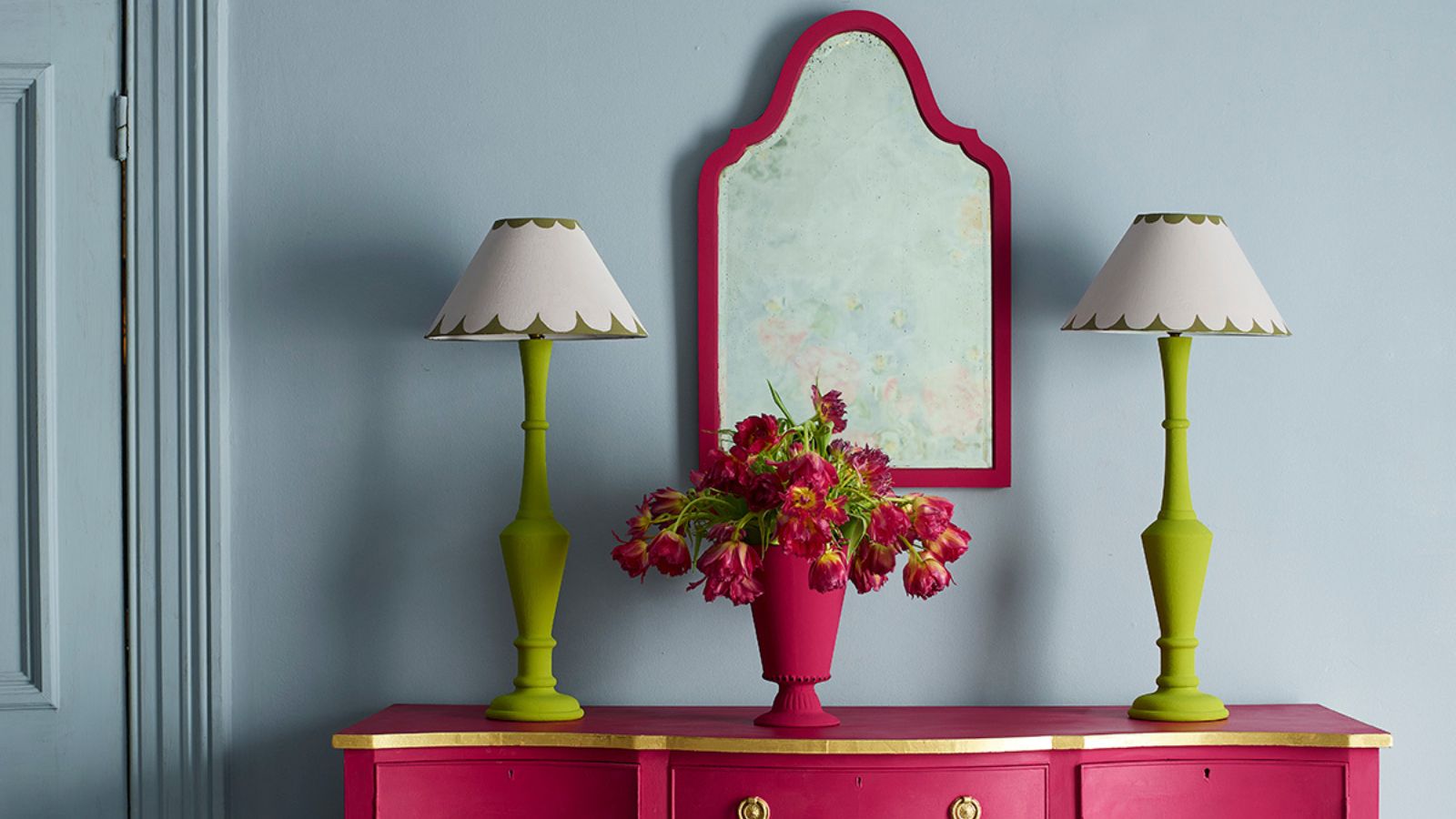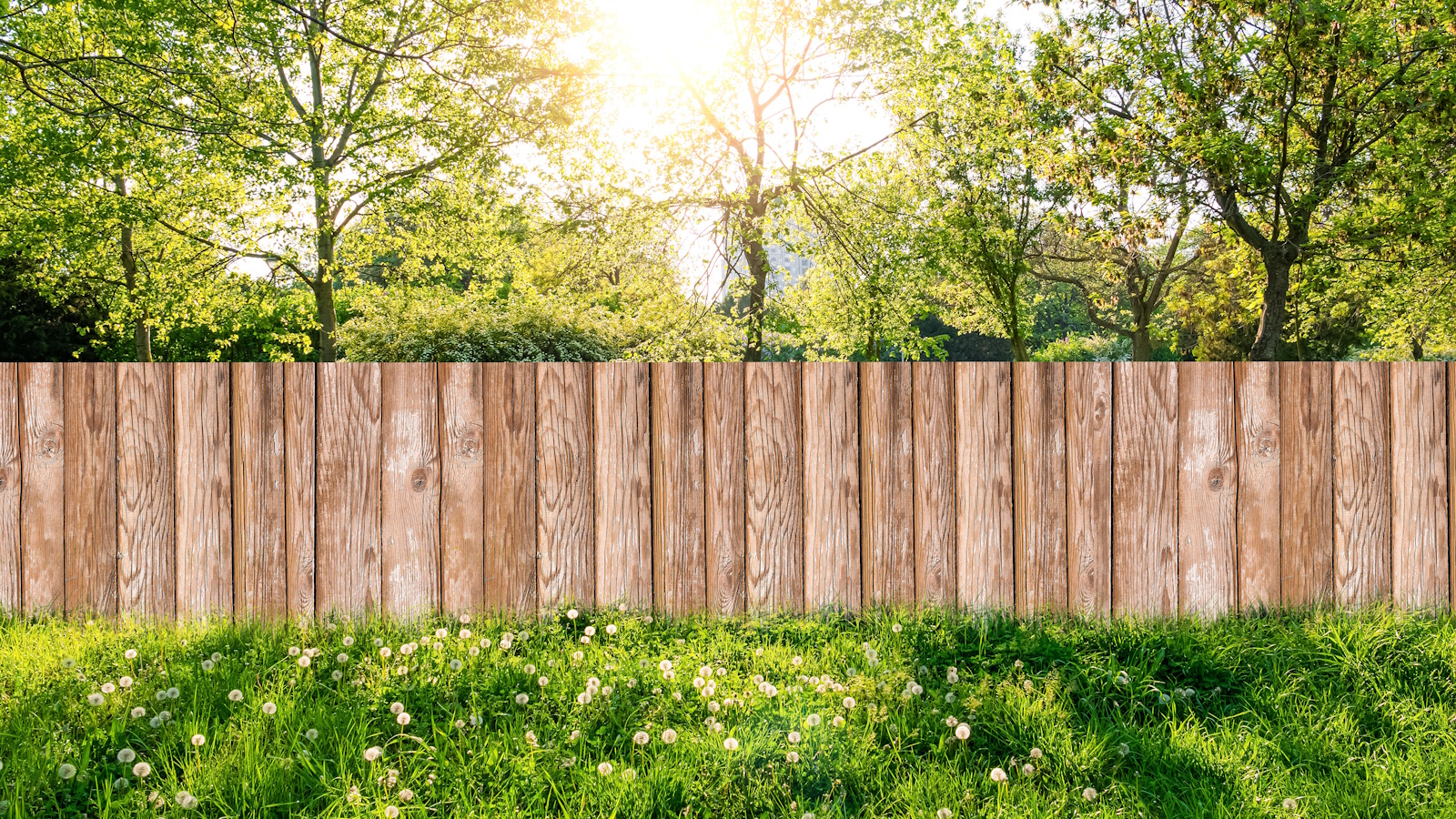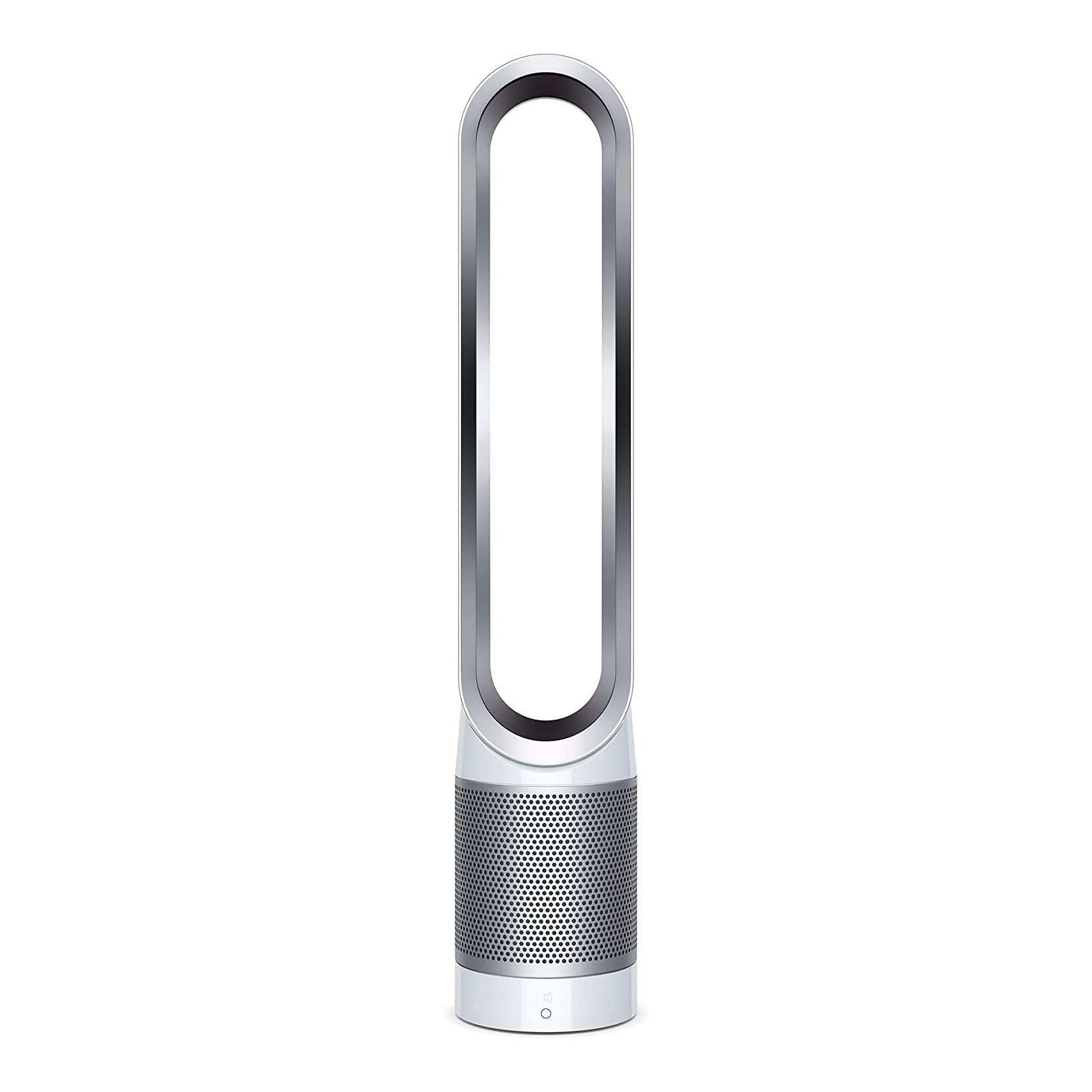Can you paint a house in humidity? Our painting experts have advice for a successful paint job
The best and worst humidity levels for painting and 6 tips for painting in humidity from experts


Painting your home, while rewarding, can be enough of a challenge without weather complications, leaving you wondering how your paint will hold up. Humidity is one factor that can impact your paint job, especially if you are painting your home's exterior.
Unfortunately, maintaining the best humidity levels for your home year-round isn't always feasible due to weather fluctuations. As a result, high humidity levels might interfere with the efficacy of your paint job. While this doesn't mean that you can't paint your home in humidity, you must adopt proper planning and techniques to achieve an effective result.
Whether you want to paint a wall or transform your home with paint from top to bottom, inside and out, this expert advice can ensure you adopt the right methods for painting according to the humidity to ensure successful results and prolong the life of your paint job.
Can you paint a house in humidity?
Yes, you can paint your house in humidity, but ensure that the level is optimal for painting. The ideal humidity for painting your property is between 40% and 50%, with 70% being the maximum for most paints, but this is not ideal, as the drying time increases and the paint might not cure properly.
Seth Miles at Groovy Hues Paint explains: 'When the humidity is high, the paint's protective qualities can be compromised. The extra moisture in the air can stop the paint from drying properly, which might cause it to dry slower, go on unevenly, or even start to blister or peel.
'Too much moisture in the air can cause surfactant leaching, resulting in brown or white spots on the paint surface. When damp, moisture can get into the semi-dried paint film.'
In contrast, if the humidity is below 40%, painting is also not recommended since the paint needs more moisture. You can use these two mini hygrometers from Amazon to monitor humidity levels and plan your painting accordingly or to guide you in adjusting indoor humidity levels accordingly.
Tips for painting in high humidity

If you opt to paint your property, whether that be its interior or exterior when the humidity is not in the golden range of 40%-50%, employing these techniques can ensure the paint job is the most done effectively and successfully. Adopting these approaches minimizes the risk of having to redo an unsuccessful paint job or fix peeling paint, saving you time and effort in the long run.
1. Choose the right time
Where humidity has such a big impact on the end product of your paint job, this begs the question, when is the right time to paint?
Humidity levels change depending on the time of the day, year, weather, and temperature. You can check the humidity in your area on a weather app or online before committing to your painting work.
'To get a good paint job, choose the right day when the humidity is under 60%,' says Seth Miles. 'Paint in the cooler parts of the day, like early morning or late afternoon, when there's usually less humidity.'
You can also choose a day with higher winds to aid the paint in drying, which can contribute to mitigating some of the effects of the humidity – especially if you are painting outdoors this can be the best time to paint your home exterior.
2. Choose the right paint
If you paint a house in humid conditions, it's essential to choose the right type of paint formulated to withstand moisture and humidity. Opting for high-quality, moisture-resistant paint is crucial for achieving long-lasting results.
'We've found that using high-quality latex paints offers the best results in humid environments. These paints are less susceptible to moisture and dry faster than oil-based alternatives, making them more suitable for humid conditions,' explains Bob Berriz, creative director at Berriz Design.
'It’s essential to choose paint products specifically formulated to resist humidity's effects, providing better coverage and longer-lasting finishes.'
3. Prepare the surface
'Proper surface preparation is another key factor when painting in humidity,' says Ryan Parr, the president and owner of Nashville Painting Professionals.
'To prepare walls for painting, ensure the surface is clean, dry, and free of any moisture, dirt, or debris before applying paint. Using a primer designed for humid conditions can also help improve paint adhesion and durability.'
4. Work in sections
'Working in small sections and maintaining a wet edge while painting can help prevent the paint from drying too quickly or becoming tacky in humid environments,' says Ryan Parr.
5. Allow for drying time
Additionally, allowing for adequate drying time between coats is essential, and this will be longer than usual in high humidity. Be patient and follow the manufacturer's recommended drying times to ensure each coat of paint properly adheres and cures.
6. Improve ventilation and reduce humidity
On particularly humid days, proper ventilation is crucial when painting. Incorporate fans and open windows and doors to aid air circulation and promote faster drying of the paint.
If you are painting indoors in a humid environment, consider using a dehumidifier to control moisture levels and create a more favorable painting environment. Choose the best place to put a dehumidifier to ensure the paint cures successfully.
'Even with humidity levels as high as 80% or more, interior painting can go well with the use of an internal cooling system or fans to cure the paint,' says Sal Dimiceli, owner of Lake Geneva Area Realty. 'However, outdoor painting is nearly impossible as the high humidity (more than 80%) can't be controlled with cooling equipment, which leads to moisture being absorbed by the paint.'
While painting in humidity presents challenges, with the right products and strategies, this can be successfully managed for successful results, ensuring longevity and aesthetic appeal.
Sign up to the Homes & Gardens newsletter
Design expertise in your inbox – from inspiring decorating ideas and beautiful celebrity homes to practical gardening advice and shopping round-ups.

Lola Houlton is a news writer for Homes & Gardens. She has been writing content for Future PLC for the past six years, in particular Homes & Gardens, Real Homes and GardeningEtc. She writes on a broad range of subjects, including practical household advice, recipe articles, and product reviews, working closely with experts in their fields to cover everything from heating to home organization through to house plants. Lola is a graduate, who completed her degree in Psychology at the University of Sussex. She has also spent some time working at the BBC.
-
 Reese Witherspoon upgraded a small corner into a cozy reading nook – designers say you can replicate her 'ultimate little escape' (from $18)
Reese Witherspoon upgraded a small corner into a cozy reading nook – designers say you can replicate her 'ultimate little escape' (from $18)'It’s all about comfort, calm, and just the right amount of cozy': You only need three things to follow Reese's example – and it's not only for book lovers
By Megan Slack
-
 Can my neighbor paint their side of my fence? Here's the legal regulations you need to know to avoid disputes, plus when to take action
Can my neighbor paint their side of my fence? Here's the legal regulations you need to know to avoid disputes, plus when to take actionThere's no simple answer to this question, so it's important to do your research before taking action
By Tenielle Jordison


